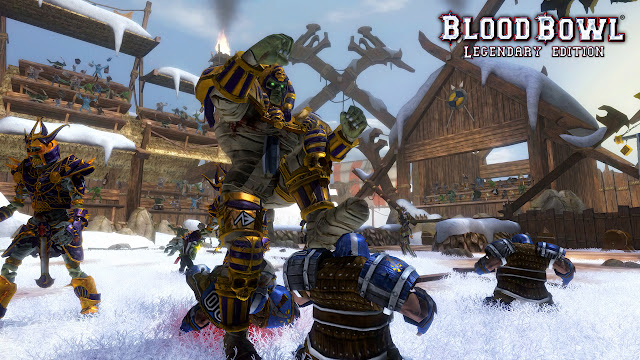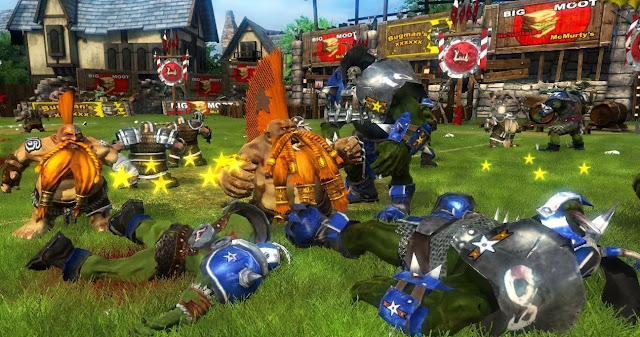An under-utilized trick of GMs who have lowish level characters slogging it through the wilderness is attack by wolves. I'm not sure why this is, as it's a perennial feature of a lot of Medieval literature, as well as fantasy literature. Heck, Tolkien himself has two wolf attack scenes--in The Hobbit where the dwarves, Gandalf and Bilbo are treed by a number of wolves, and later in Fellowship of the Ring when their campsite is attacked by wolves shortly before attempting to tackle the crossing of the Misty Mountains a second time through the Mines of Moria.
 |
| Gray wolf |
The reason for this is that wolves were dangerous to solitary travelers or small groups moving through the wilderness areas of Medieval Europe, and they were greatly feared. Sadly, this iconic archetypical threat of a real world from a time period in which most fantasy is vaguely similar to has had little traction in RPGs. I know of few modules that feature attacks by wolves on lonely travelers, and frankly, wolves aren't very dangerous combatants singly, as a CR 1 creature. In packs, they're somewhat more dangerous (and realistic) but even so, unless given a significant tactical advantage, a typical group of four 1st level PCs can still be expected to plough through a good dozen or so of these without worrying too much about their own eventual safety.
To give you a little variety, there are essentially six stat-lines from the SRD that can be used to represent various wolf-like pack-hunters, and they range from CR 1/3 (dogs) to only CR 3 (dire wolves) with the increase in difficulty being mostly correllated to an increase in size. However, this variety is somewhat misleading, since there really isn't much difference between the statlines of a wolf, riding dog and hyena. The worgs are a Magical Beast, but since they have no supernatural abilities, treating them as an Animal instead puts them right smack in the middle. Dire wolves are supposed to be Large--the same size, mechanically at least, as a horse. They're listed as weighing up to 800 lbs. There wasn't really ever any dog-like animal that was this large with the exception of Dinocrocuta gigantea, but of course "dog-like" could be stretching it on that animal anyway. And again; the exact size is more flavor than meaningful; I don't have to say that any pack hunters in my setting are 800 lbs. to use the stats for a D&D dire wolf to represent larger and more threatening pack-hunters like real dire wolves, or cave hyenas or something would be.
 |
| Cave hyena compared to regular spotted hyena |
In DARK•HERITAGE, the following animals are possible pack hunters that could menace a PC or group of PCs.
- Coyotes. Typically only weighing about 50 lbs. and hunting in small groups or alone, a coyote isn't likely to be a threat to any character other than a wounded solitary commoner NPC or small child, or to the livestock of anyone who happens to be a farmer who raises sheep or goats. Use SRD stats for a dog.
- Golden jackal. The Eurasian equivalent to the coyote--maybe slightly smaller, but functionaly equivalent in most respects, and frankly, it would even look really similar. Technically common in the southern area of the setting while coyotes are common in the north.
- Carolina dog or American dingo. This rare animal is probably an ancient breed of dog that went feral many, many generations ago. They weren't even discovered in America until the 1970s, and without DNA research, nobody would have suspected their antiquity. Similar to a coyote, though, in all meaningful respects. I don't know what I'd do with them other than show off my knowledge of esoteric fauna, which isn't particularly helpful in a game.
- Gray wolf. Or simply wolf. Known from both North America and Europe, large specimens of this animal--such as those in the north of both regions--can weigh over 150 lbs, but more commonly, they'll weigh closer to 120 or so. Potentially dangerous to both livestock and the characters themselves, especially when attacking in packs of about a dozen individuals and in tactically advantageous conditions. Use SRD stats for wolf.
- Dire wolf. The dire wolf is a wolf-like animal with shorter legs and stronger and larger body and jaws than the gray wolf. Common in the Pleistocene of North America and South America, it was a good 25% larger than the gray wolf (up to almost 200 lbs.), and when both existed at the same time, the dire wolf often kept the gray wolf from spreading into the same territory. Best represented by SRD stats for worg--although there's no reason to make it a magical beast instead of an animal, and its intelligence shouldn't be any higher than standard animal intelligence.
- Bone-dogs. Known in the literature as either Borophagus diversidens or Osteoborus sp., this was a dog that lived up to the end of the Pliocene and had powerful jaws more like a hyena. Fairly heavy; nearly 200 lbs., they'd look a bit like really heavy-set dingos, or feral labs with a melanistic mask or something--except with a highly domed forehead and extremely large teeth and jaws. Just here for more flavor; would be best represented by the worg stats from the SRD, with the same caveats as stated in the dire wolf entry. Like hyenas, they'd prefer large packs and open territory; just in the north, whereas hyenas occupy that same niche in the south of the setting.
- Cave hyenas. In the southern parts of DARK•HERITAGE, where a more Pleistocene European fauna is the norm, you could come across packs of cave hyenas, which are an extinct sub-species of the spotted hyena which is common in Africa today. Cave hyenas were quite large, though--225 lbs. individuals wouldn't have been unusual. They prefer more open habitat then wolves, and would compete with them if they existed in the same place, which they rarely do--where cave hyenas are common, wolves remain in the forest. Only in the north, where hyenas don't live, do wolves spread across more ecosystems. Possibly hunting in much larger packs than wolves, they would also use the stats for worgs, with the same caveats discussed under dire wolf.
 |
| Golden jackal |
You may notice that I've specifically created a dichotomy between the wolves of the forest and the hyenas and bone-dogs of the plains. I've also created a dichotomy between the bone-dogs of the north and the hyenas of the south. There's a similar geographical dichotomy between the coyotes and the jackals. I admit, this leaves the dire-wolf as a bit of an orphan without a place to call home. I'm OK with this; in practice, a dire wolf is too similar to a gray wolf to provide much of a colorful difference. This is why I specifically went back a bit further in time to Borophagus diversidens. Not that the difference is really that significant even so, but it's at least a bit more significant than the very modest difference between the dire wolf and the gray wolf.
 |
| Bone-dogs |
































